Withings Body Scan review: The future of home health monitoring
Withings' most advanced scales yet provide next-level body analysis for your home
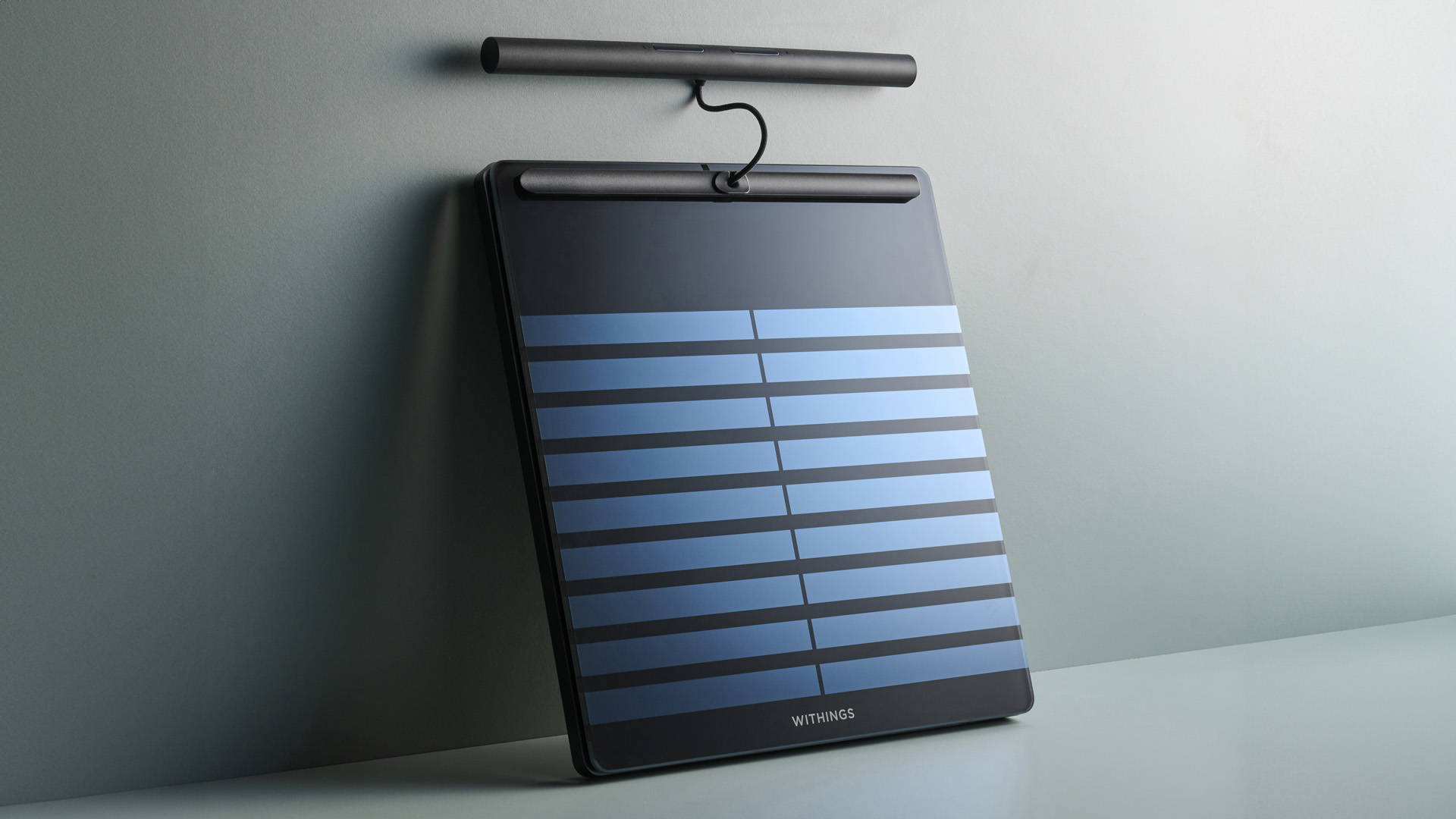
The Withings Body Scan isn’t just a smart scale – it’s a full-body health monitor packed with advanced features like segmental body composition, ECG, and nerve activity assessments. It delivers impressive insights, making it a powerful tool for health-conscious users. While the price is steep, those serious about tracking their wellness will find it a valuable investment. If you want cutting-edge health data at home, this is one of the best options available.
-
+
Detailed body composition breakdowns
-
+
Straightforward app with 3D interactive images, charts, diagrams and easy-to-read data
-
+
Third-party app sync
-
-
The glass top gets very smudged and smeary
-
-
Additional cost for optional subscription for Withings+
-
-
They slide on a wooden surface (be careful!)
Why you can trust T3
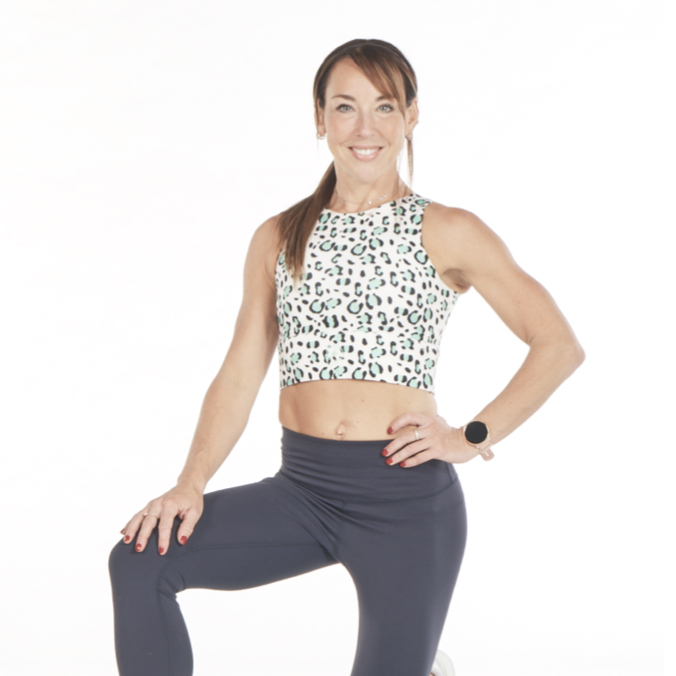
When it comes to our health, knowledge is key, and depending on your goals, you can do plenty from the comfort of your own home to manage your weight loss, weight gain, or general body composition.
One way to do this is through a good pair of best bathroom scales –preferably one with smart capabilities so you can track your metrics accurately via its accompanying app to help you monitor your progress over time. The Withings Body Scan is one such device that takes body scales to a whole new level.
With several impressive hi-tech features that build on the standard measurements of body fat, muscle, basal metabolic rate, and water mass offered by Withing’s more affordable model, the Body Smart, these scales take measurements to a whole new level by adding an electrocardiogram (ECG) to the mix, which can analyse vascular health.
Withings Body Scan review
Price and availability
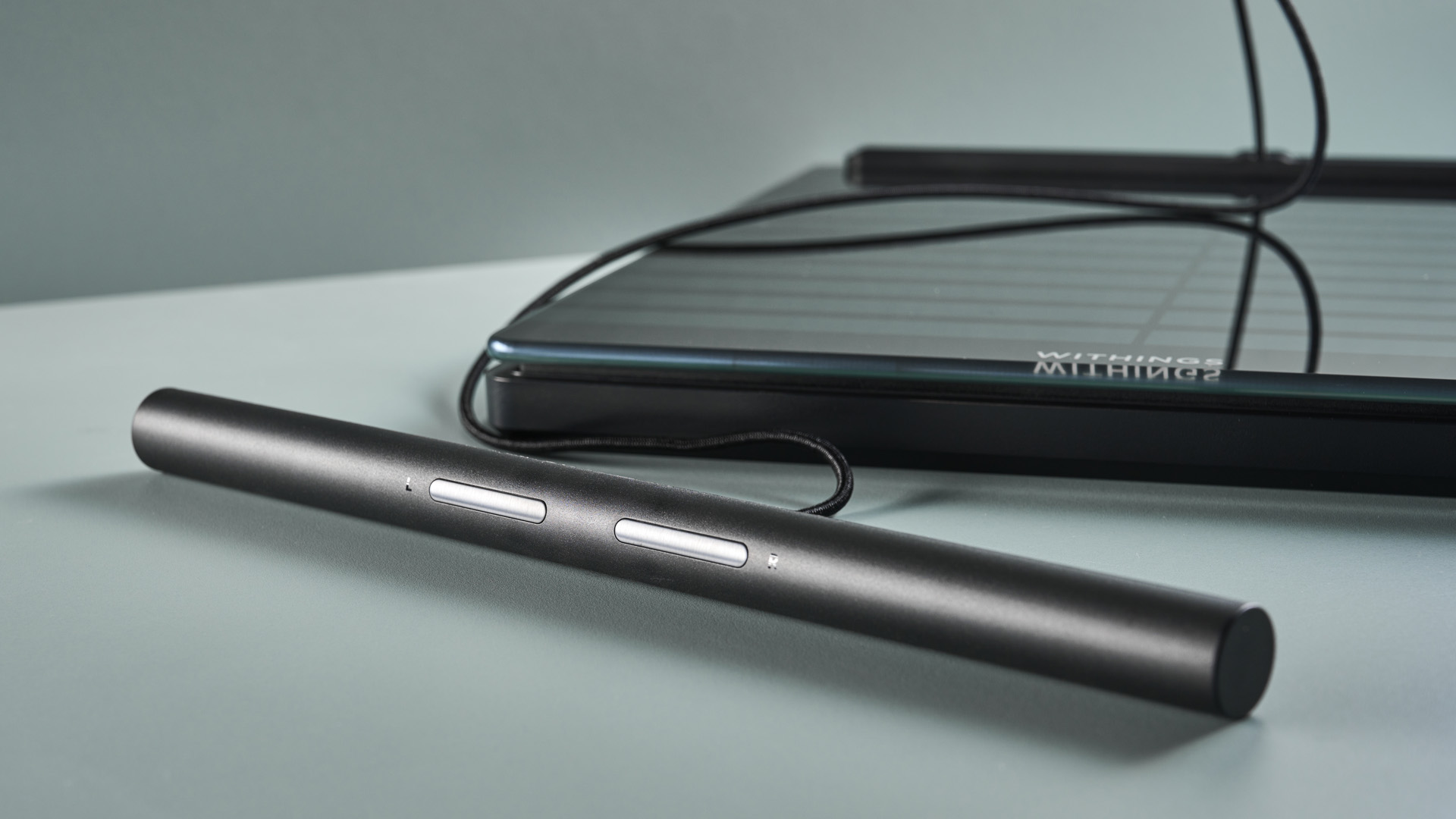
The Withings Body Scan is available to buy now for a recommended retail price of £349.95/ $425/ AU$692 from Withings and other retailers, including Apple.
I already own the Withings Body Smart, which comes in at a more sensible price of £89.95 - but whether you go for the Body Scan or Smart, the costs continue, and Withings recommends that users add on a Withings+ subscription for £8.95 a month, or £89.50 for the year. Having this paid subscription unlocks ECG reports with a certified cardiologist, as well as extra information about your health with workout tips and recipes to try.
Subscription, or no subscription, the Body Scan scales are an expensive pair of scales when compared to other smart scales on the market, such as the Garmin Index S2 Smart Scale (RRP £129.99), Tanita RD-953 (£179), and Renpho MorphoScan Smart Body Scale (£209.99)
Given the price of the scales, I honestly think Withings+ should be included for free when buying the Body Scan. You get a lot of fab health stats when using the scales, and the subscription helps you get even more information from your measurements and biomarkers.
Design and build quality
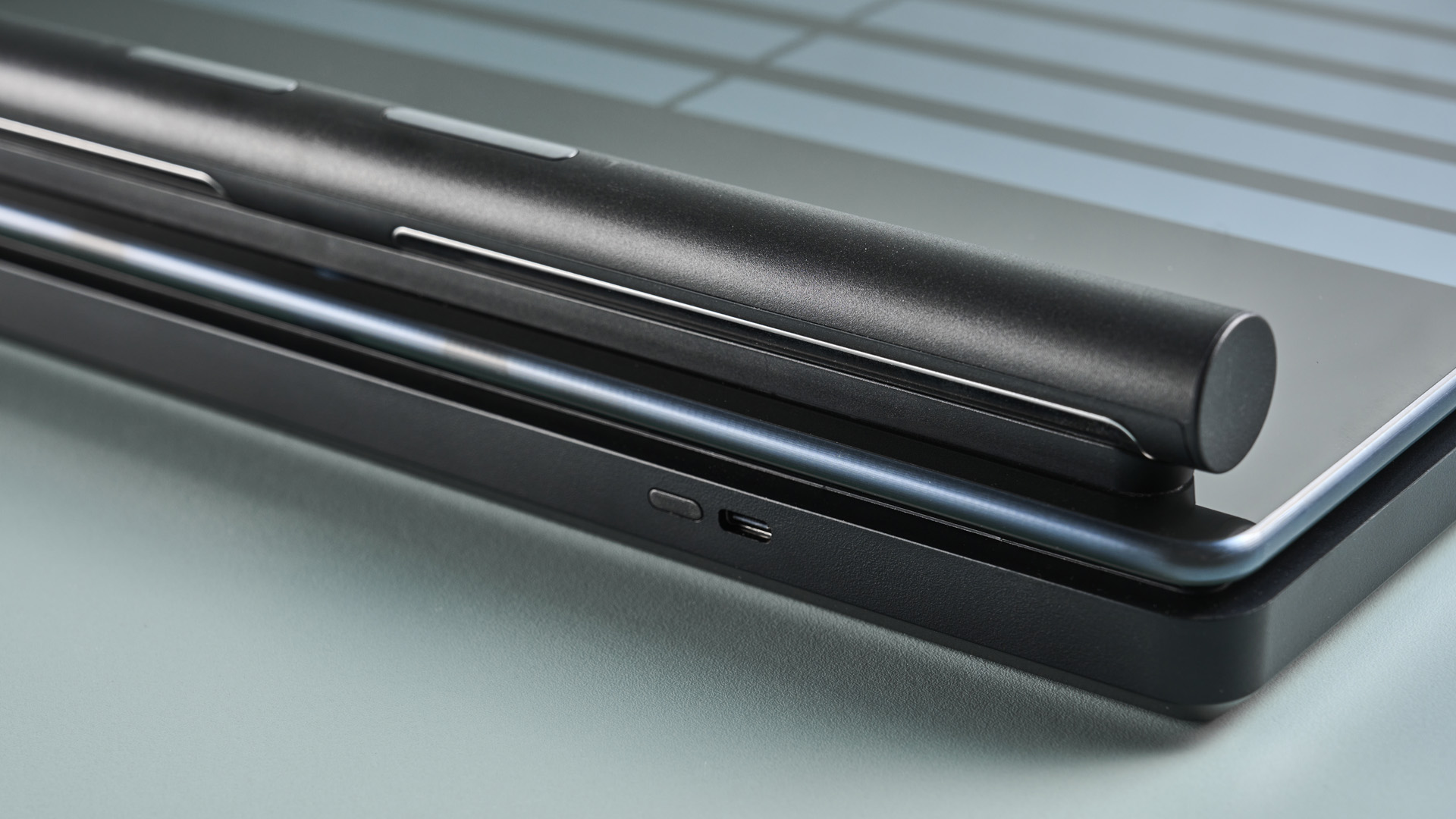
Neatly packed in a box, at first glance the scales are well designed - and pretty heavy for their size - around 4.8kg.
In terms of the actual design, they’re typically square in shape, and a generous size at 12.8 x 12.8; more than big enough to accommodate my feet, the kid’s feet and a gentleman’s larger feet.
Sleek, streamlined and slightly more chunky than the Body Smart scales, partly thanks to the depth and the handle that sits neatly at the top, the scales boost a bright LED screen that presents crystal-clear readings of your weight, a trending graph that displays your weight trend over the last 7 days, your body fat percentage, muscle mass, fat percentage and water mass even in the dark.
Available in a black finish - and more recently released in white, these clinically validated scales looked great in my bedroom thanks to their tempered glass surface that when kept free of smudges looks sophisticated and sleek.
The scales are powered by a rechargeable lithium-ion battery which when fully charged provides up to 12 months of usage. Once it’s low, you simply recharge it using the USB cable. That’s music to my ears - there’s nothing worse than erratic readings due to empty batteries - and scales just sitting there redundant whilst you get your act together to (and forget) to replace the batteries.
To switch them on there is a power/wake-up button at the front edge of the scale alongside the USB-C charging port - which so far in my Body Scan journey has been untouched.
Setup

As mentioned, there’s no need to pop in any batteries to get started, you simply press the button at the top of the scales and wait for a QR code on the display. You’ll then need to download the Withings App and connect yourself up. This starts with setting up an account and connecting your scales to your WIFI and Bluetooth, which was all pretty seamless.
With an account already set up, my new weigh-ins were added to my past measurements using the older Withings scale to create a seamless timeline. It was easy to link the scales to my Apple watch via my Health Mate ap,p too. To do this, I simply connected the Withings App and tapped “enable syncing.” My next task was to step on the scales and face the music.
One thing I’ve learnt about weighing myself in the past is that it helps you control the variables. Want to lose fat and gain more muscle? You need a starting point. This was mine.
Getting my first measurement was easy. Grab and pull the handle up. Step on the scale with bare feet, making sure they are covering the strips (electrodes) and standing up straight, arms relaxed and slightly out (yes, similar to a chicken). This is because the scales use bioelectrical impedance analysis (BIA) to measure your body composition, and having your armpits touch your body interferes with the signal. The manual recommends you take all your rings, watches and other metallic objects off too. Again, these can interfere with the electrical signals.
Once set up and standing on the scales, after just a few seconds, the numbers will appear. My weight popped up in stones, with a little graph to show where that reading sits within past readings. I also got a weather report, air quality reading, as well as other biomarkers, such as my nerve health and my vascular age, which were generated after five measurements and initial readings.
As you step off, allow the pull-out handle to gently snap back into place and watch the scales wave a friendly goodbye. The Withings Body Scan scale also comes with a bracket that you can attach to the wall to hold the handle. I didn’t use it and just left the handle retracted into the scale when not being used, but it’s a nice option to have.
Withings Health Mate app
On the app, I viewed all my health data. My weight and weight breakdown. My body mass index was in check and slightly below average, my basal metabolic rate based on my weight, age and height and my daily steps flashed up as on point for the day.
My body composition with muscle and fat mass readings also sat neatly on the screen, which included the average percentage in my arms, torso and legs with a visceral fat index; the dangerous type of fat that can be found around the organs as well as, bone mass and water mass.
Holding the stainless steel electrodes on the handle allowed me to get an ECG reading - though you’ll have to stand still for 30 seconds for it. My result flashed on the screen and I could also view that on a graph displaying my average heart rate and fitness level on the app. There is so much you can do.
I also linked the app to My Fitness Pal, as well as used it to track my cycle and sleep. It’s great having it all in one hub.
The Withings app also comes laden with helpful and digestible articles about body composition, vascular age and introductions to basal metabolic rate and the importance of regular ECGs on your Body Scan.
There are hundreds of well-written articles to absorb in your own time, and if you aren’t sure where to start, then the Withings app will prompt you to read the ones relevant to your fitness goals. As my fitness goal is to maintain my body fat as well as my lean muscle mass, Withings sent me daily bite-sized articles (called ‘Missions’ in the app) to keep me in the know.
If you’re close to completing a Mission, you get a celebratory graphic and a ‘Congratulations’, which kept me motivated to keep on top of the reading - and you’ll also get a prompt to weigh yourself at the same time daily from the app. When you do, you get another mission complete with a big green tick against your name. It’s actually pretty satisfying.
Features
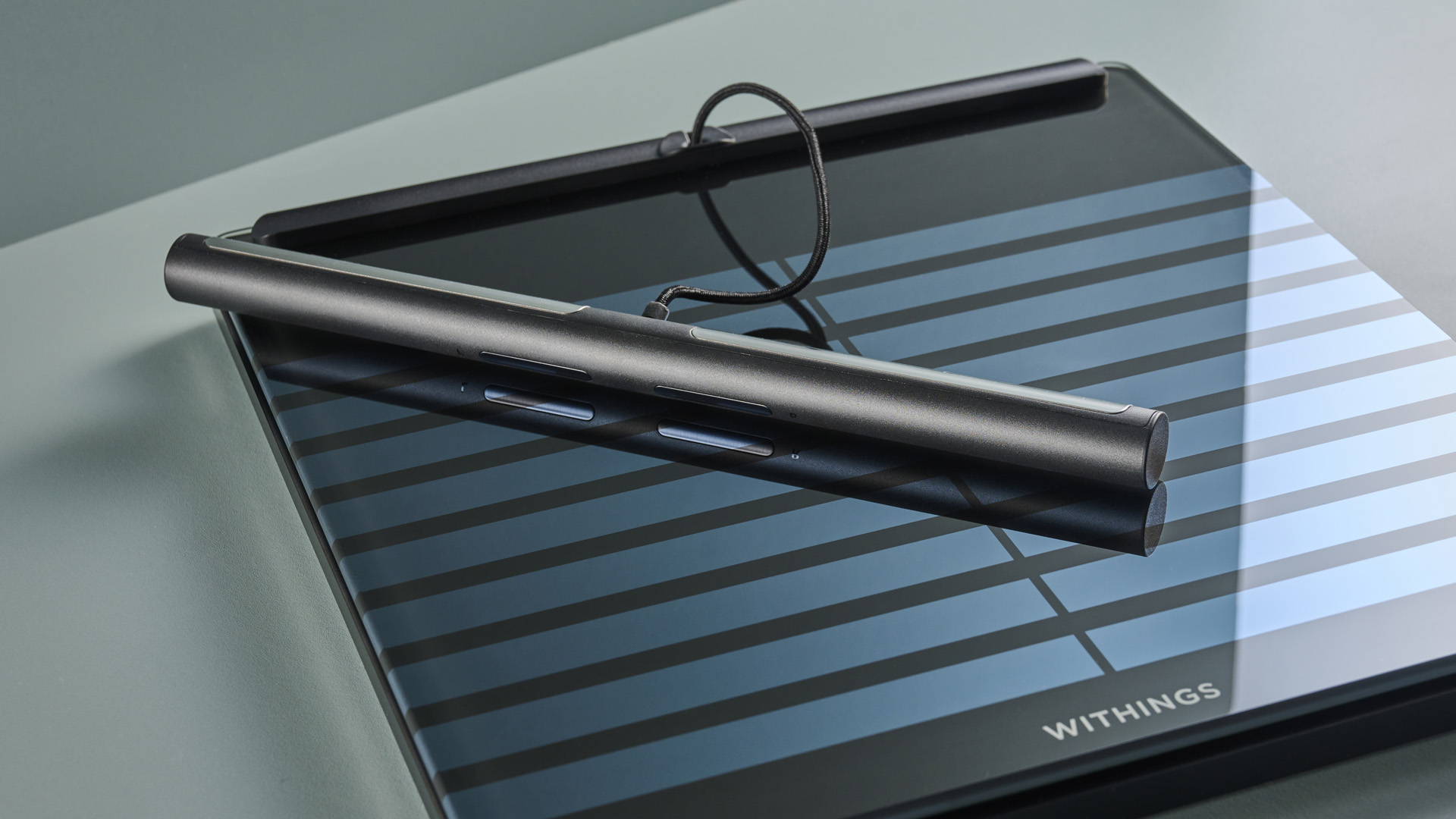
The Body Scan is packed with many features and different modes including baby mode, pregnancy mode, athlete mode, and eyes-closed mode (which skips displaying your actual weight and instead shows other measurements, such as lean muscle mass, water percentage and motivational graphics and messages).
I was most excited to explore the segmented body composition feature, as I haven’t been consistent with doing these on the scales in my gym yet I love seeing my progress in numbers; think, visceral fat, water index, body fat, lean mass, metabolic rate, metabolic age.
You’ll also get a segmented body composition summary - another feature I was excited to explore. Not only can you see where you hold the most body fat or muscle mass - but the 3D interactive images on the app will show you which arm or leg is most dominant when it comes to muscle mass.
I’m very quad dominant - and it shows - that the Body Scan detected this, too. Not only does the muscle mass in my legs equate to 80.2% total muscle, but I sit in the highest rank when compared to other Withings users on the app. It also showed that my right arm had less muscle than my left arm, and I had more body fat on my left leg.
Some interesting stats to ponder, but apart from pondering - I’m not quite sure what else to do with those figures. Train my right arm more? Lead more using my left leg? Something I would probably ask a coach to work with if I were an athlete or competing, perhaps.
Verdict
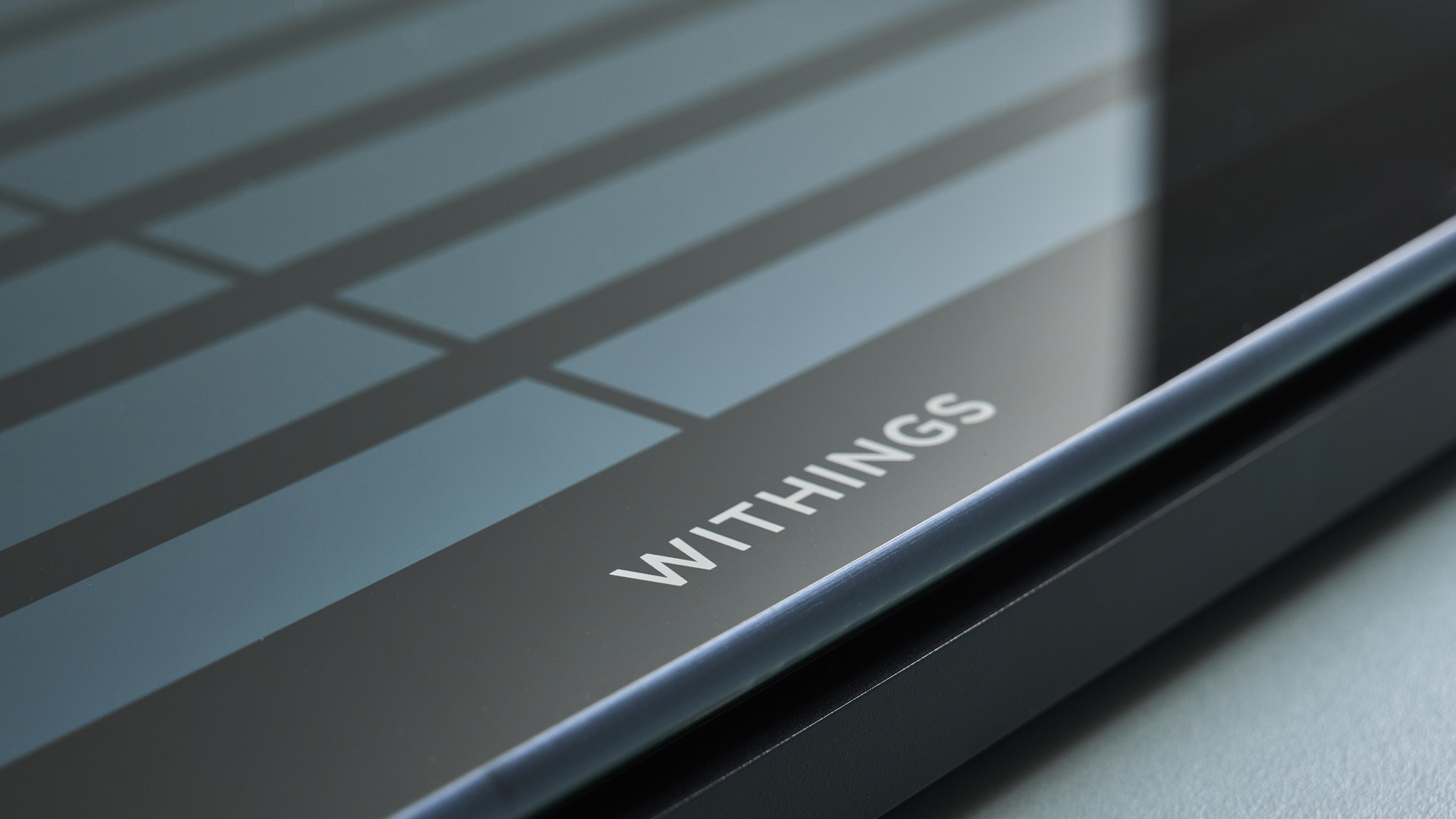
If you are buying a set of scales to help you reach a target weight or specific goal, such as reducing your body fat or increasing your muscle mass, the Body Scan will certainly support you extremely well along the way. The app and the scales provide clearly presented data, helpful advice and a realistic suggestion of a timeframe in which to achieve your goal.
I also appreciated the nutrition and fitness tips to inspire you along the way - despite being in this fitness game for years, you can always learn more, and by stepping on the scales, you’re sure to get a thorough check-up with thorough feedback.
That said - the body scan is an expensive piece of kit, so unless you’re a serious athlete or deadset on getting that ‘perfect composition’, I’m not sure they’re worth the extra cost.
The simpler Body Smart or Body Comp scales are still pretty advanced and come with the app and all it has to offer. You just won’t get the ECG feature, which is a great way to keep track of your cardiovascular health - or the nerve readings, which are established by analysing the activity of the sweat glands in your feet.
What makes the Body Scan stand out above the rest is its simplicity and its cardiovascular health information, so if this is important to you (and you’re a little bit geeky), then you’re in good hands, and it’s worth the price.
I also loved how it automatically detected different users (presumably by weight) and did this correctly without the need for me or my daugther to manually indicate the correct user profile. It was also super easy to personalise the scales and set and track specific body and composition goals and tailored metric displays for each family member.
Also consider
The Withings Body Scan is a good and stylish smart scale packed with features that work effortlessly with Apple, Samsung and Garmin wearables and apps like Strava, MyFitness Pal and Lose it!
They are, however, super expensive, and although you’re paying extra for the ECG and Nerve Activity Monitoring, if you’re not too worried about these measurements, then it might be better to stick to the cheaper Withings model, the Body Comp, which can also estimate your vascular age and pulse wave velocity, the latter of which can help tell you how old your arteries are (compared to your actual age).
They are also medically certified in the EU, accurate and do an impressive job of measuring your body weight (in lbs, kgs, and st), body fat percentage, body water percentage, muscle mass, bone mass, standing heart rate, visceral fat and BMR. These still come in at £189.95 so if you’re looking for a scale to track your body composition stats, then the Body Comp could still be an overkill - so perhaps consider the nearly identical Withings Body Smart, which offers all the standard measurements at half the price.
With their unique and slimline design, the Garmin Index S2 is also a popular choice among fitness enthusiasts. They’re able to track your body and health metrics like body fat percentage, BMI, skeletal muscle mass, and more. And like the Body Scan, the Index S2 seamlessly integrates with its accompanying app – Garmin Connect, which allows users to easily track their progress over time and access more detailed insights into their health and fitness data.
Slightly dated-looking yet more affordable, the Tanita BC-401 body composition monitor offers a wide array of body metrics without breaking the bank. The accompanying My Tanita app is user-friendly, although compatibility with more third-party apps would make it even better. They work exceptionally well at measuring your weight, body fat percentage, and muscle mass whilst offering insights and predictions into other biomarkers like bone mineral mass prediction and metabolic age - mine was 11 years less than my current age. I’ll take it!
Sign up to the T3 newsletter for smarter living straight to your inbox
Get all the latest news, reviews, deals and buying guides on gorgeous tech, home and active products from the T3 experts

Lucy Miller is a journalist, Level 3 Personal Trainer, Nutritional Advisor and Children’s Fitness Specialist. She holds fitness qualifications from NASM Training and Premier Training International and has been a fitness journalist and fitness (and cover) model for over 20 years. Since going freelance in 2014, Lucy left Men’s Fitness Magazine to write for an abundance of top consumer titles such as Women’s Health, Women’s Fitness, Waitrose, The Times, The Guardian and Runners World.
She’s also extremely passionate when it comes to educating others about health and physical activity and loves inspiring and working with children and adults to help make fitness fun, sustainable and accessible. In her spare time, Lucy is ever the sportswoman. Once a national gymnast, having won three national titles, she has also run a handful of marathons around the world and loves to test her physical and mental side with daily running and gym sessions, not to mention ballet, bootcamp, boxing and TRX.
You must confirm your public display name before commenting
Please logout and then login again, you will then be prompted to enter your display name.
-
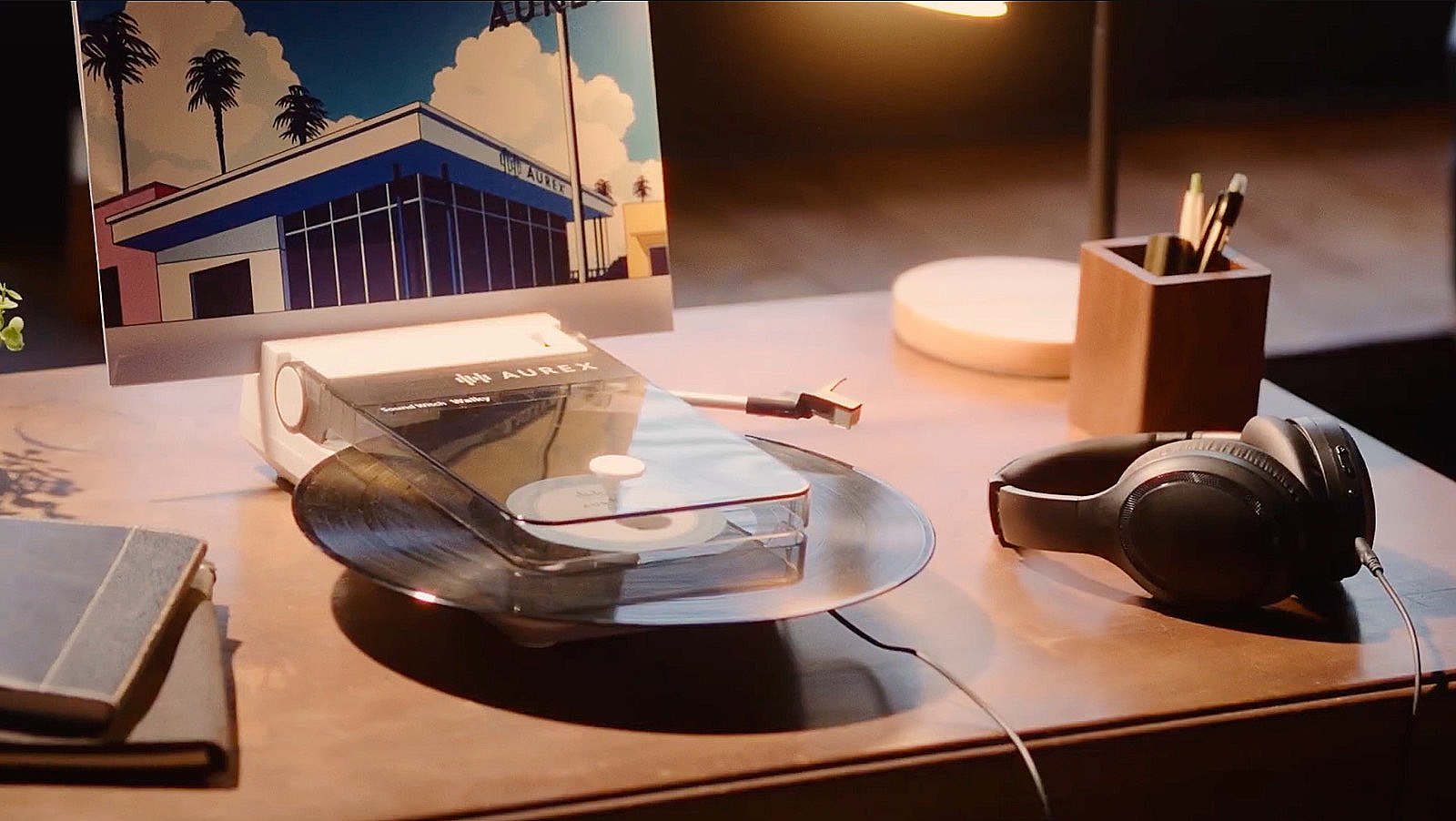 Toshiba’s portable record player is a Walkman for your vinyl
Toshiba’s portable record player is a Walkman for your vinylToshiba's tiny record player is a lot more portable than your record collection
By Carrie Marshall Published
-
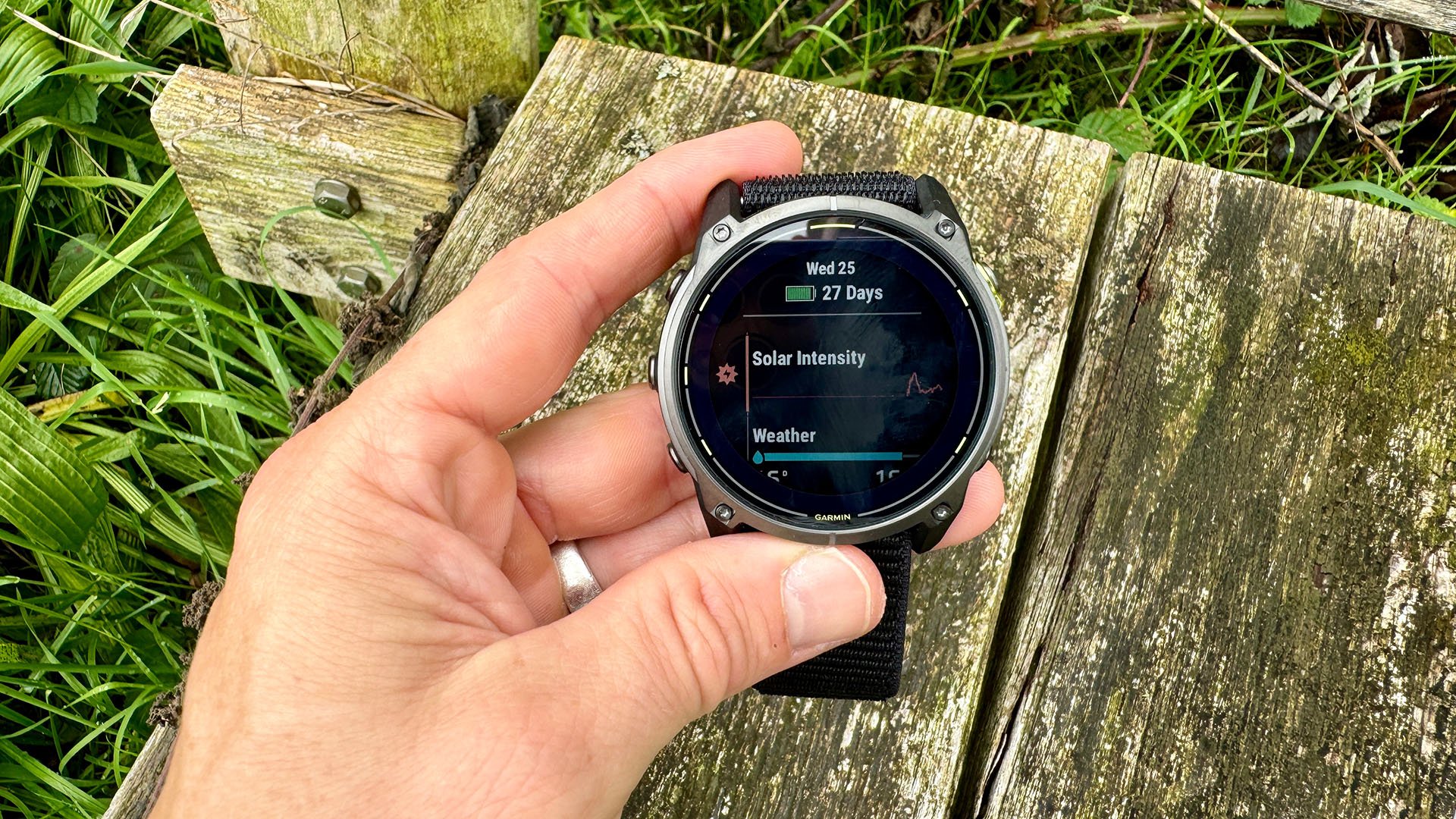 Garmin’s on a mission to update your wrist into oblivion as 100+ tweaks land on Fenix and Enduro watches
Garmin’s on a mission to update your wrist into oblivion as 100+ tweaks land on Fenix and Enduro watchesThe latest beta update looks comprehensive
By Matt Kollat Published
-
 Apple TV+'s beloved sci-fi series gets a surprise sequel and trailer
Apple TV+'s beloved sci-fi series gets a surprise sequel and trailerWondla is coming back
By Max Freeman-Mills Published